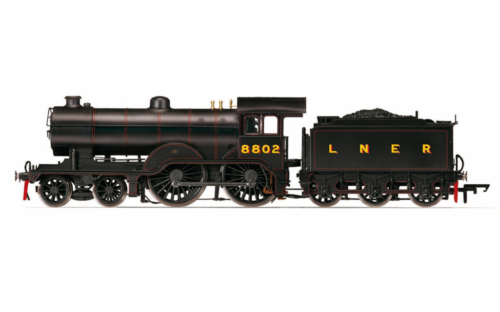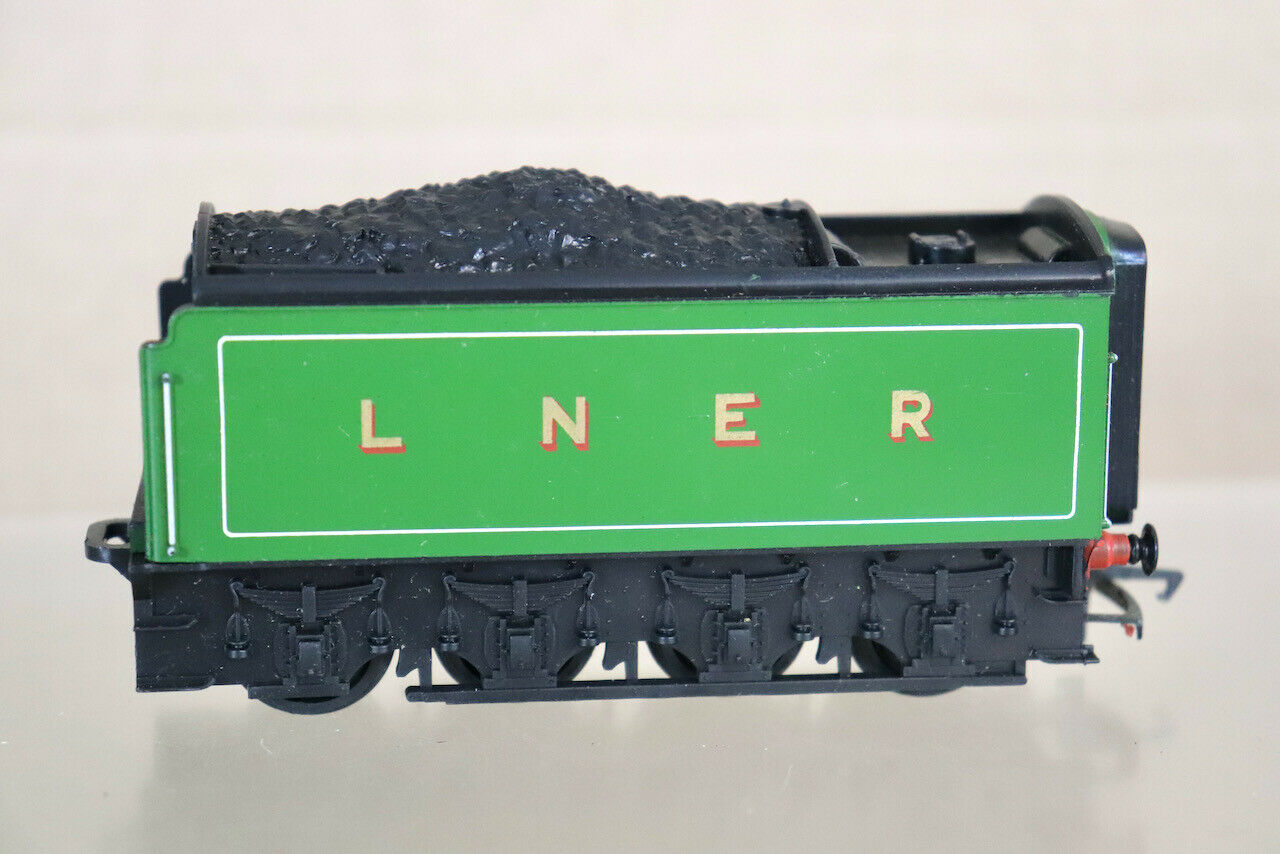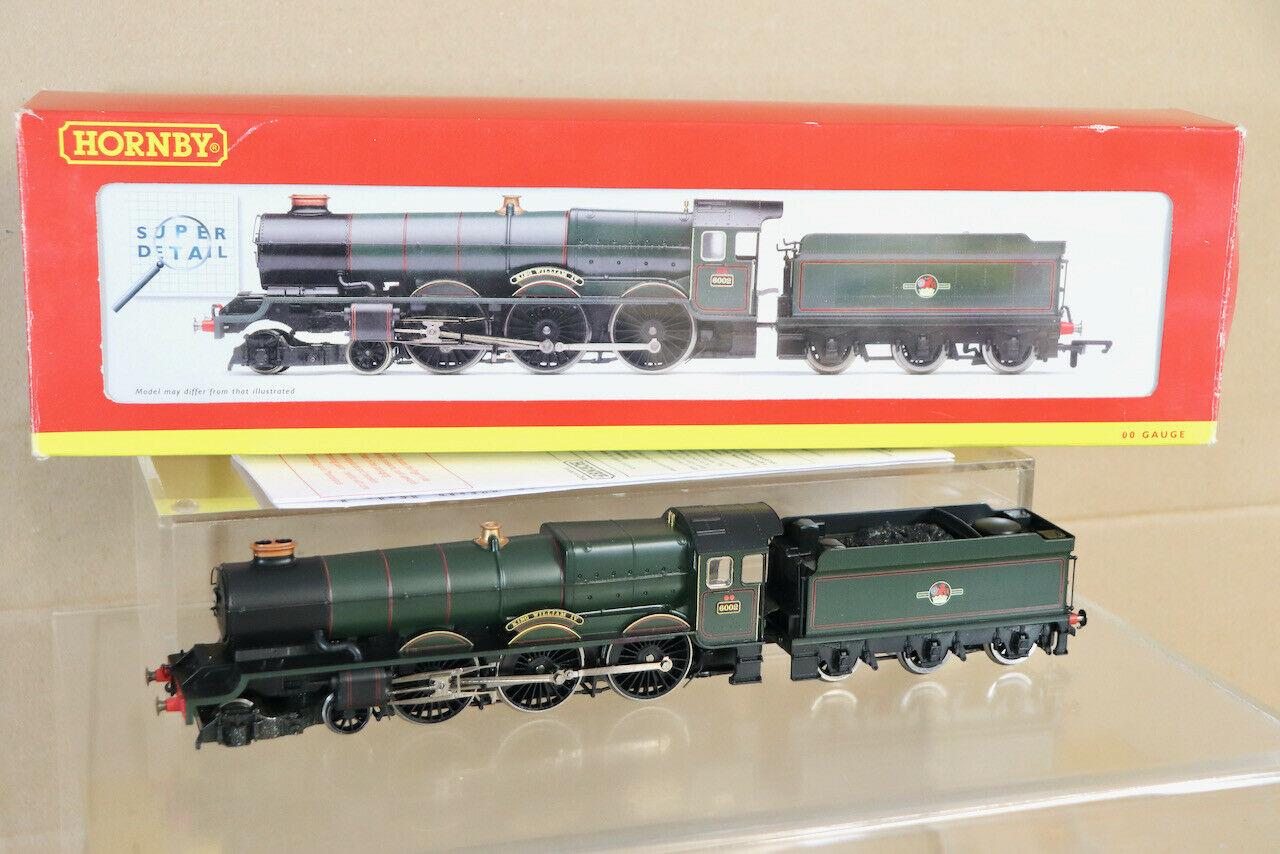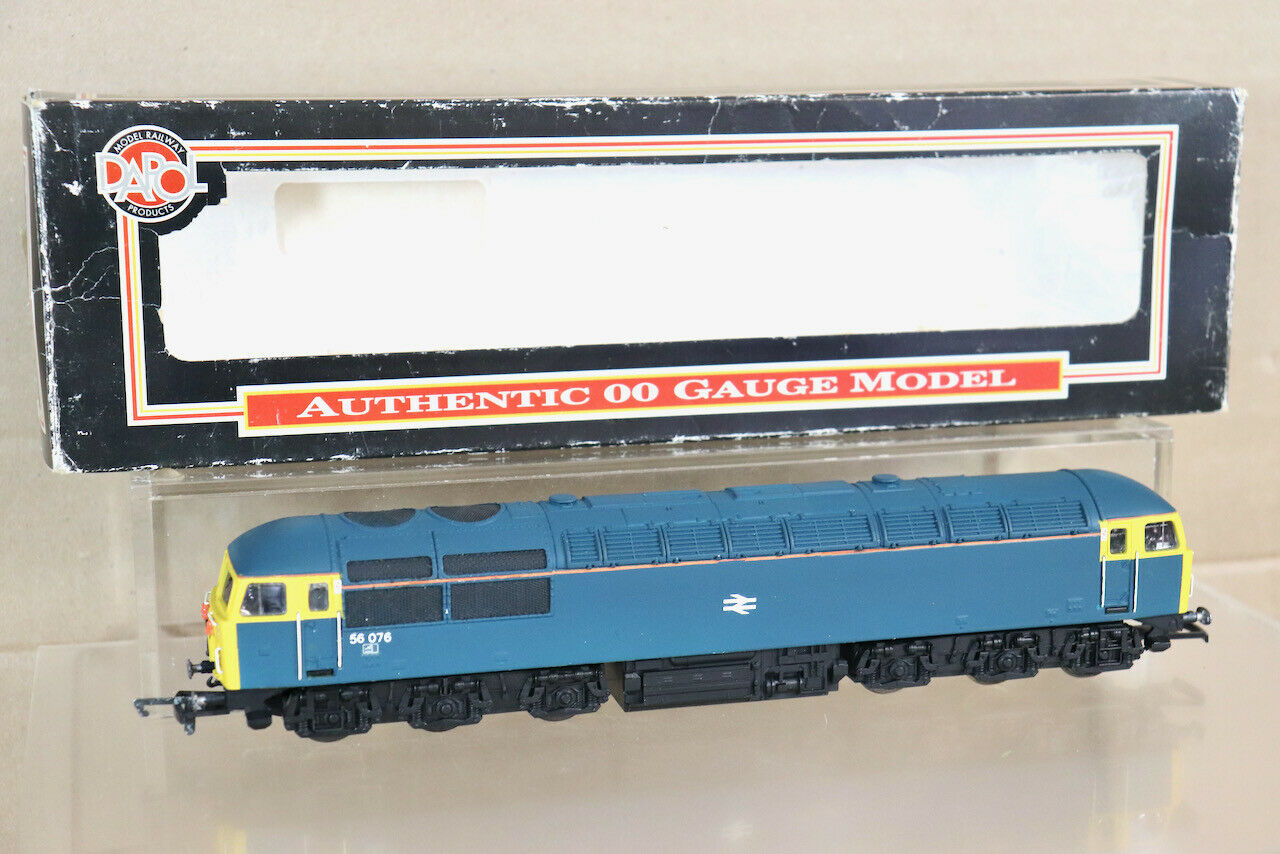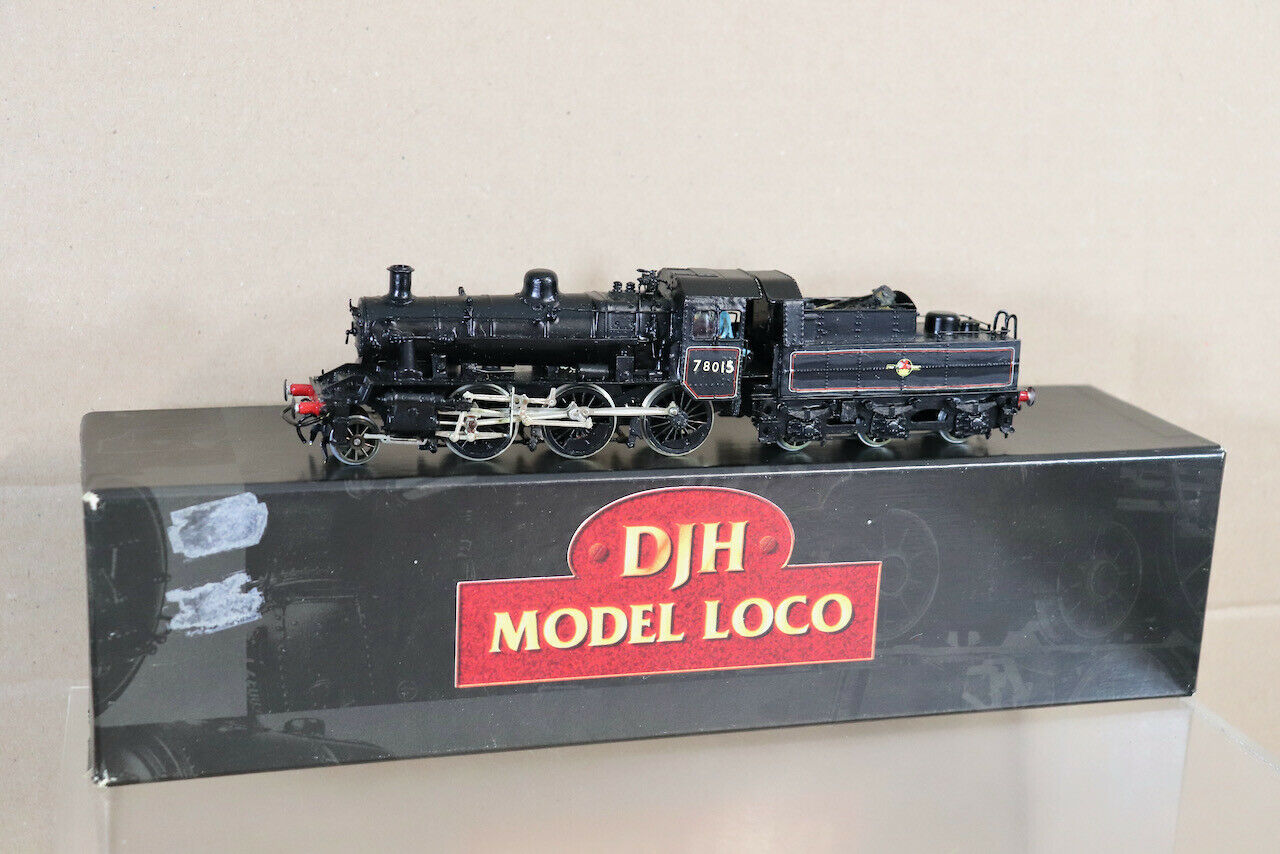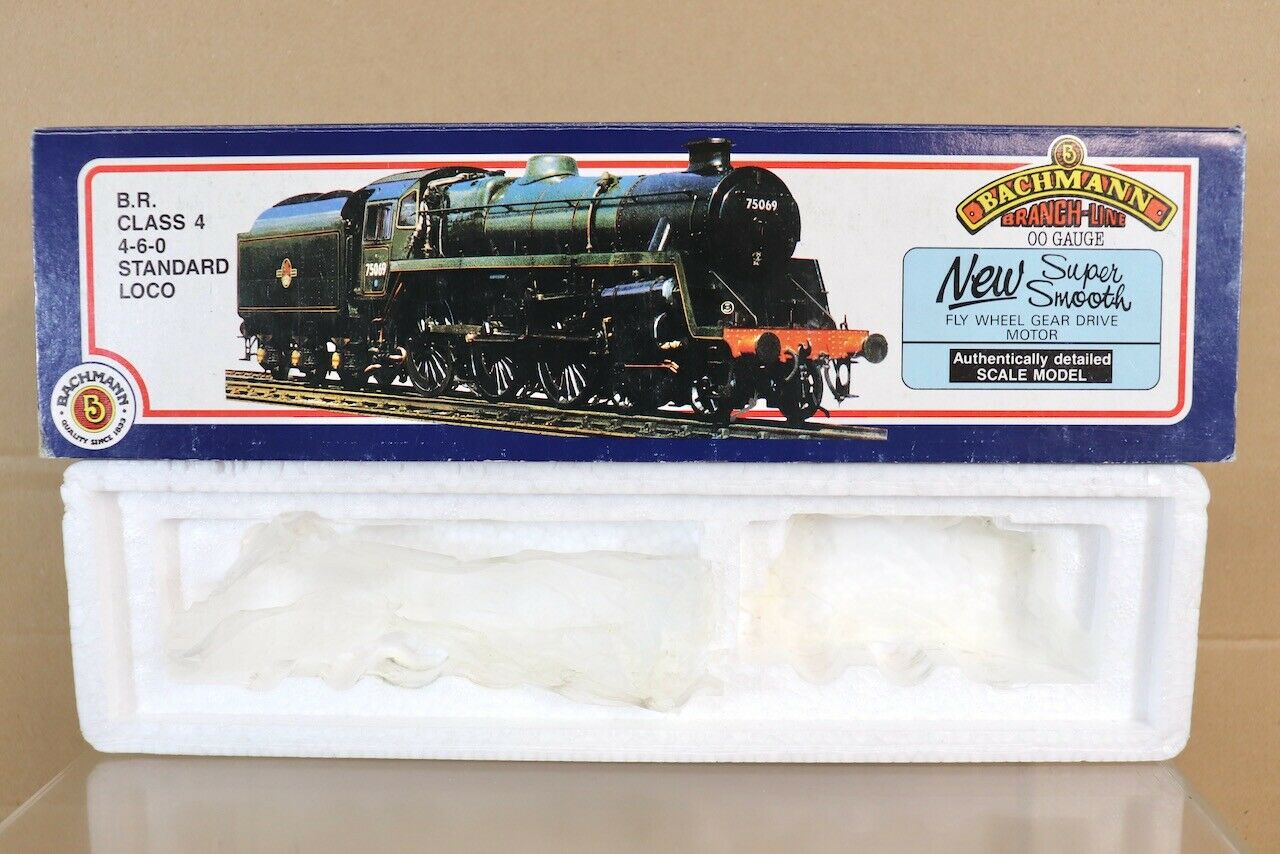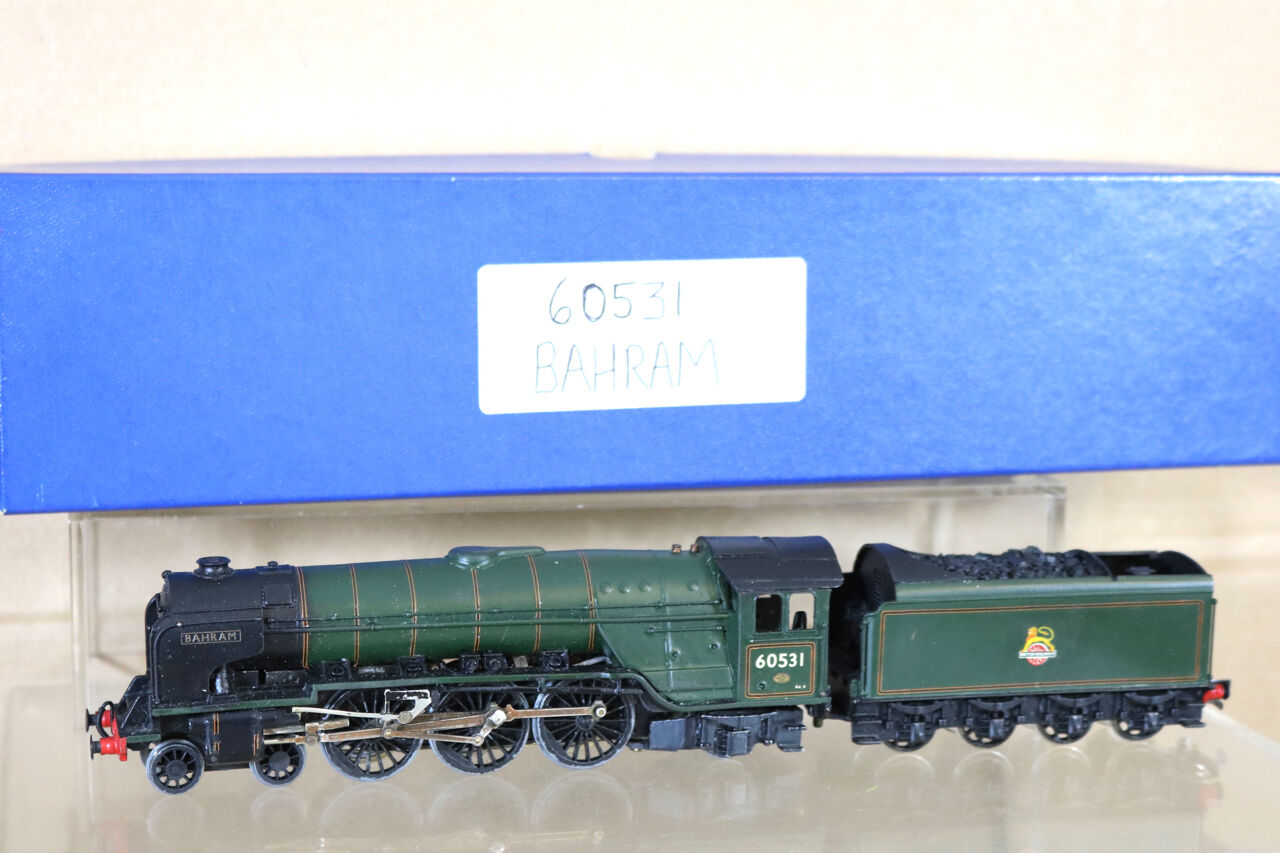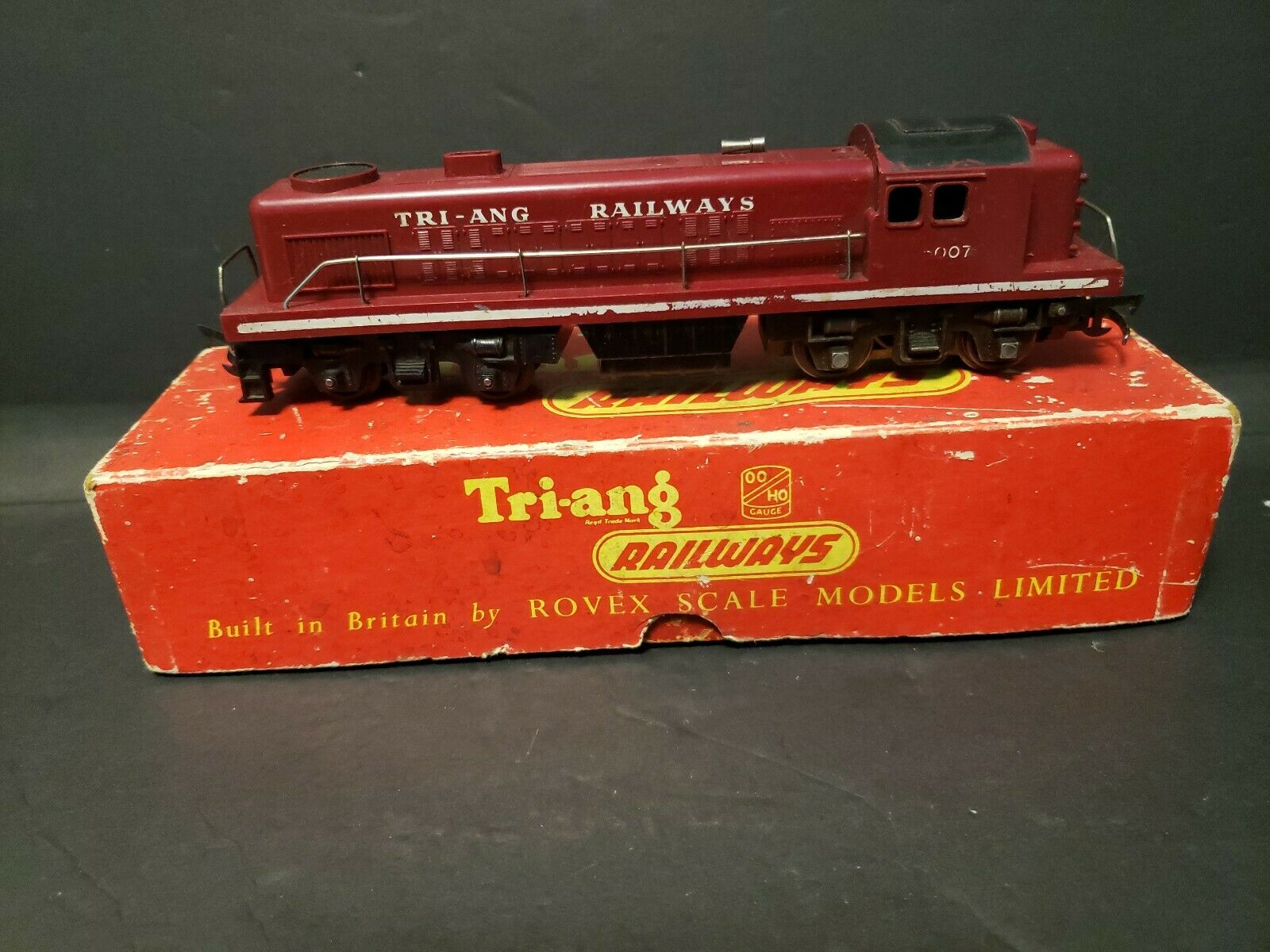-40%
Hornby R3521 LNER 4-4-0 D16/3 Class 8802 DCC Ready 00 Gauge
$ 106.75
- Description
- Size Guide
Description
ListingHornby R3521 LNER 4-4-0 D16/3 Class 8802 DCC Ready 00 Gauge
A popular and successful design of 4-4-0 tender engine, the first of the Great Eastern Railway class S46 locomotives, No.1900 Claud Hamilton, left Stratford Works in March 1900 and was, at that point, the largest express locomotive on the GER. The design of the class is often credited to James Holden, Superintendent of the GER at the time, but he was out of the country during this period and it was actually Stratford Works’ Chief Draughtsman, Frederick V. Russell, who was responsible for most of the design work.
An order for an additional forty locomotives followed, built between 1900 and 1903, which were classified by the GER as S46 (later to be re-classified as Class D14 by the London North Eastern Railway). Very quickly the class became known as ‘Clauds’ and further batches were produced between 1904 and 1911, these were fitted with Belpaire boilers and classified as D56 (which were later to become Class D15). The final batch of ten engines, this time classified by the GER as H88, were built just after Grouping and fitted with 5’ 1” diameter superheated Belpaire boilers, leading to them being aptly named ‘Super Clauds’ and classified as Class D16 by the LNER.
Please take a look at our full range of Hornby and Oxford Rail items
Thank you for looking
ReturnsAccepted
Listing Hornby R3521 LNER 4-4-0 D16/3 Class 8802 DCC Ready 00 Gauge A popular and successful design of 4-4-0 tender engine, the first of the Great Eastern Railway class S46 locomotives, No.1900 Claud Hamilton, left Stratford Works in March 1900 and was, at that point, the largest express locomotive on the GER. The design of the class is often credited to James Holden, Superintendent of the GER at the time, but he was out of the country during this period and it was actually Stratford Works’ Chief Draughtsman, Frederick V. Russell, who was responsible for most of the design work. An order for an additional forty locomotives followed, built between 1900 and 1903, which were classified by the GER as S46 (later to be re-classified as Class D14 by the Lo
